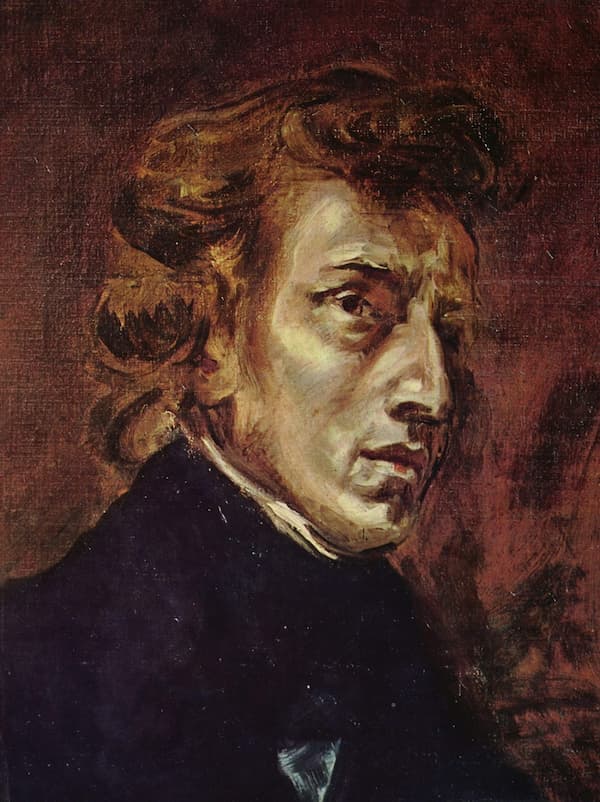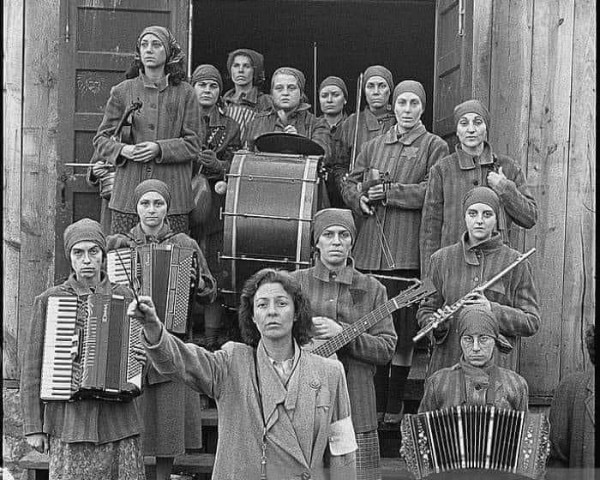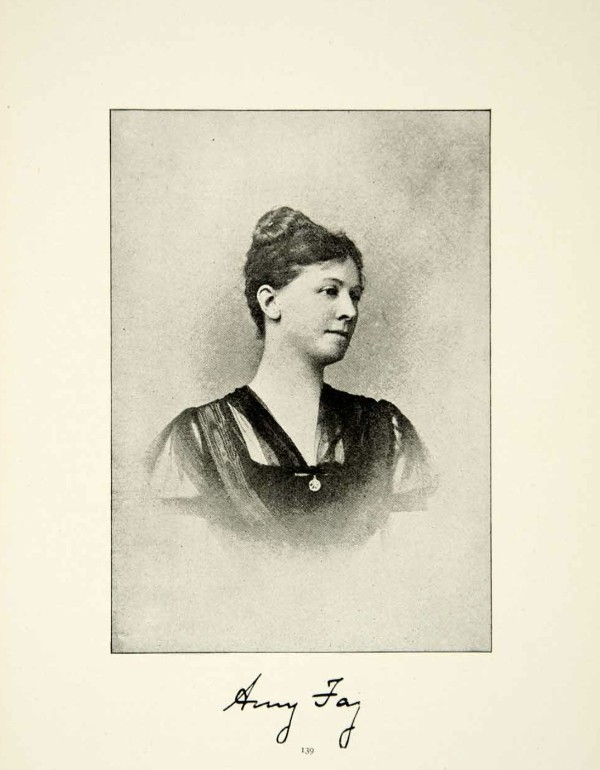Perhaps the most famous film about a composer, Miloš Forman’s 1984 Amadeus, brings to life the rivalry between Wolfgang Amadeus Mozart and Antonio Salieri. The only film about a composer to win an Academy Award for Best Motion Picture, Amadeus is enough of a standing success in the category of “films about classical music” that the Royal Albert Hall regularly hosts screenings of the movie with the soundtrack performed live by an orchestra. For many people, Tom Hulce’s unforgettably deranged, cackling portrayal of Mozart was their first encounter with what the composer may have been like as a living, breathing personage. This poses the question: given available historical evidence, how accurate and fair a depiction do the key characters of the film receive? Are liberties taken with biographical records, and if so, what were the artistic justifications?
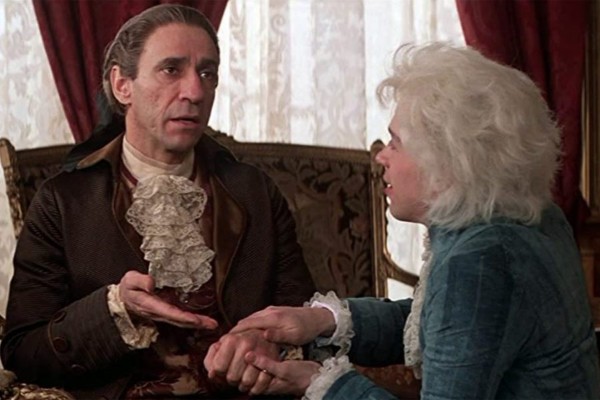
Salieri and Mozart in Miloš Forman’s 1984 film Amadeus
The first important thing to note about the film is that it is an adaptation of an adaptation of an adaptation – Alexander Pushkin’s 1830 play Mozart and Salieri inspired Peter Schaffer’s 1979 play Amadeus, which Schaffer then adapted into the screenplay for the film. He describes Amadeus as “a fantasia on [a real-life] theme,” establishing that it is not intended as a work of realism, instead magnifying and mythologising a real relationship into a cosmic tale of fate, genius, jealousy, beauty, and the divine: a retelling of Cain and Abel in the late eighteenth century. The film is not, in fact, a biopic – a truth that is actively obscured by the film’s title and misleading marketing. The film’s poster boasts the rather sensationalist tagline “the man… the music… the madness,” as though it promises to uncover some sliver of Mozart’s soul.
Wolfgang Amadeus Mozart: Requiem in D Minor, K. 626 – Sequence: VI. Lacrimosa dies illa (completed by Sussmayr) (Gewandhaus Chamber Choir; Leipzig Chamber Orchestra; Morten Schuldt-Jensen, cond.)
The film’s tagline also mentions “murder.” In the movie, Salieri essentially works Mozart to death in a plot to steal his Requiem and claim it as his own, wishing to finally receive artistic recognition from society and God, having been thus far eclipsed by the genius of Mozart. In The Great Composers Portrayed on Film, Charles P. Mitchell dispels the veritable fog of speculation that has surrounded Mozart’s death and the Requiem. Mozart almost certainly died of rheumatic fever or infective endocarditis, the former of which he had been ill with several times. Rather than feeling like he was writing the music for his own deathbed, in his last weeks, Mozart wrote cheerful letters to family and friends and was in line for the lucrative opportunity to become Kapellmeister of St Stephen’s Cathedral in Vienna. The mysterious, anonymous man who commissioned the Requiem was not in fact Salieri, committing an act of psychological warfare against the superstitious Mozart, but dilettantish aristocrat composer Count Franz von Walsegg, who wanted the Requiem to honour his recently deceased wife. The legendary “figure in gray” who approached Mozart about the Requiem was none other than von Walsegg’s lawyer. In light of mysterious cloaked men turning out to be mere legal secretaries, “mundanity” seems more apt a description than “murder.”
The dynamic between Mozart and Salieri was also much more nuanced than the film suggests. There were no doubt moments of real tension and rub between the two, such as when Mozart premiered his delightful music for the opera Così fan Tutte in 1790. Salieri had been offered the libretto first but abandoned the project, finding the text too difficult to set to music. It may have rankled to see Mozart succeed where he had failed. Nonetheless, Salieri was fairly successful in his own right during his lifetime, even if history has not been kind to him: he composed prolifically, taught many composers of stature (such as Schubert), and held various illustrious official music-making positions for many decades. Perhaps most at odds with the spirit of Amadeus, Salieri supported Mozart’s career, recommending him for opportunities, providing kind feedback at premieres, and even giving his son, Franz Xaver, free music tuition upon his father’s death. In one of his last letters, Mozart mentions how pleased he was by Salieri’s enthusiastic reception of his opera The Magic Flute. The legend of Salieri’s confession to the murder of Mozart originated after Salieri had a particularly bad episode of dementia, was later denied by the composer, and was never substantiated by any of the staff who cared for him at the hospital where he convalesced.
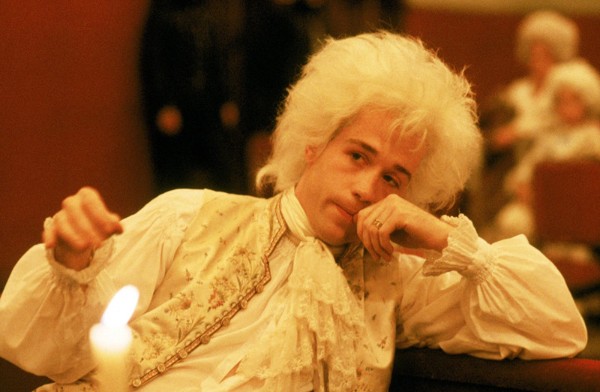
The film is rich in its costumes and set dressing, filmed mostly in Prague and recreating the late eighteenth century in great detail. The world of Mozart and Salieri is certainly brought vividly to life, with many moments of the film shot in historically accurate settings, such as the film’s recreation of the premiere of Don Giovanni at the National Theater, where it truly did premiere in 1787. The historical accuracy ends there, however – the film depicts the opera as a flop for the sake of its own narrative trajectory, when it was in actuality an instant and roaring success. Mozart’s compositions take centre stage in all their glory in many other memorable moments, such as in Salieri’s adulatory analysis of the Adagio movement from Mozart’s Serenade for Wind Instruments in E Flat Major.
Wolfgang Amadeus Mozart: Serenade No. 11 in E-Flat Major, K. 375 – III. Adagio (Orpheus Chamber Orchestra)
Nonetheless, while Mozart’s music is given a clear spotlight, one cannot help but feel that Tom Hulce’s performance presents us with a caricature sketch of the man himself that does more to obscure the truth than reveal it. While there is a biographical basis for some of the tics Hulce adopts – childlike laughter, occasional vulgarity, and bathroom humour were all well-documented parts of Mozart’s personality – his performance gives us a Mozart that is an immature, ghoulish, and ultimately unworthy recipient of a divine gift. Hulce modelled Mozart’s mood swings after the foul outbursts of tennis player John McEnroe, with no clear impetus to do so. In particular, the scene where Mozart dictates the Requiem to Salieri tells us little about Mozart’s compositional mind, instead reinforcing harmful cultural stereotypes about creativity as a lightning-in-the-bottle, instant happening rather than as a process and practice-based craft.

For those aware of the allegorical, fantastical, and artistically liberal nature of Amadeus, the film is a whimsical and vivid chance to see a tangle of musicological myths play out in an indulgent cinematic display. However, the film is entirely unsuitable as a reliable source of insight into the characters of Salieri, Mozart, and the true nature of their relationship, and in its treatment of real people, real music, and the subject of compositional creativity, borders dangerously on historical and intellectual irresponsibility.
For more of the best in classical music, sign up for our E-Newsletter

